
I am the guy who prefers to take the last bus home later at night for the sake of solitude. Looking at Jakarta’s road behind the window while having the two seats just for myself (^.^), with my mind being empty in a non-melancholic way. This kind of setting sometimes often leads my mind to think about my timeline, my work, and how to make it better.
This time, I’m thinking about how the communication in the app should be. All of a sudden, Doraemon came to my mind…
Imagine if Doraemon was just a rigid walking iron with awkward communication, no emotion, no intonation, he’s just gonna be a robot for Nobita, right? Not a friend.
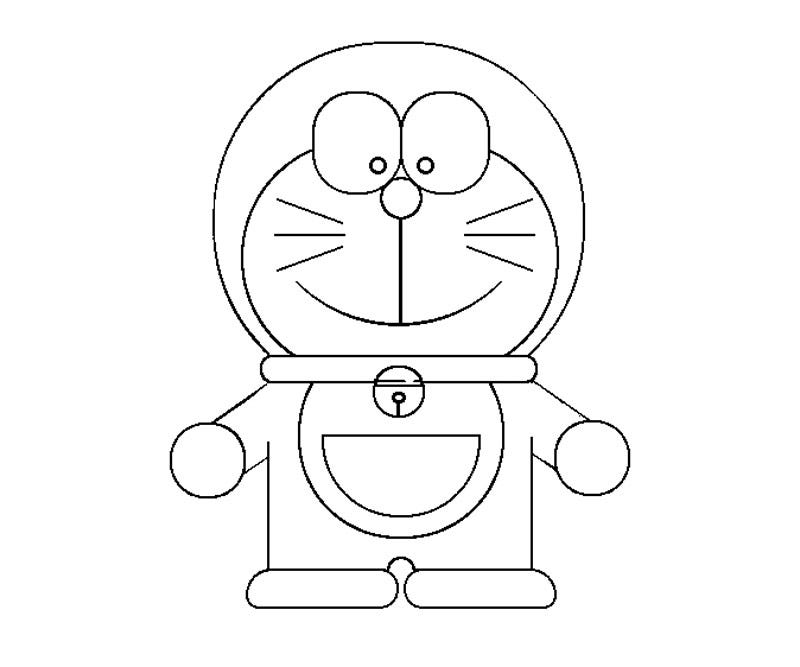
What makes him great is although he is a robot, but he actually talks like us, he understands our language, our gesture, and he has a feeling, just like us.
“No matter how advanced the technology is gonna be, the best robot will always be the one who has the closest perfection to human.” — Myself
In writing for UX, I learned that we should speak to people in human language also. Write like we’re on a conversation with someone so we can engage more with the one who we’re talking to, the people. When we can put a human touch, a character, a personality in our writing, people can feel our presence as someone, not just something.
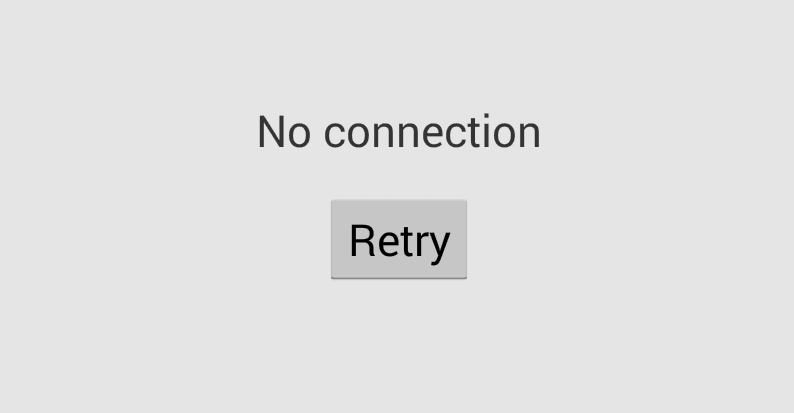

Whatever problems Nobita is facing, Doraemon will always, always understands. Although sometimes he was mad, but in the end, Doraemon is always helpful. He never leaves his human alone without a solution.

When writing for UX, I learned that we might want to keep that in mind. A stranded, hopeless and helpless user is an unhappy user. We can’t let that happen, right? Let’s be helpful, guide them to achieve their goals (in a high note), provide clear instructions every step of the way and provide a solution whenever something went wrong.
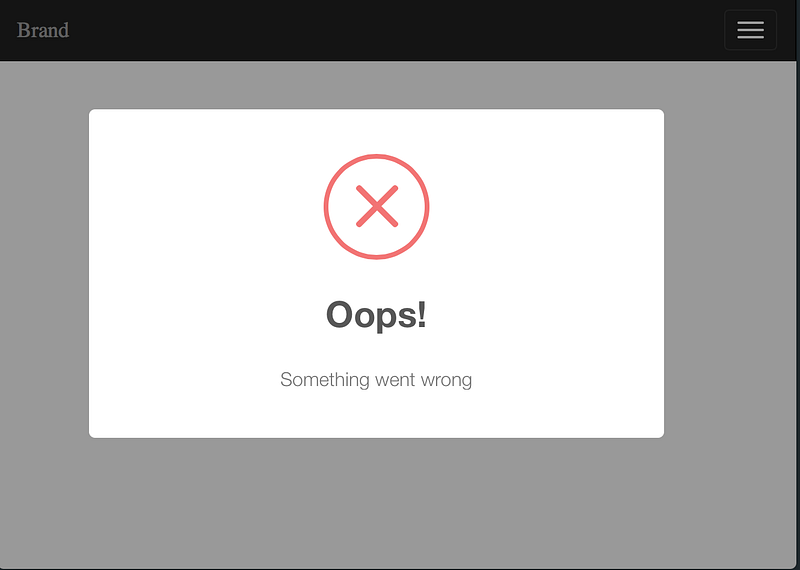
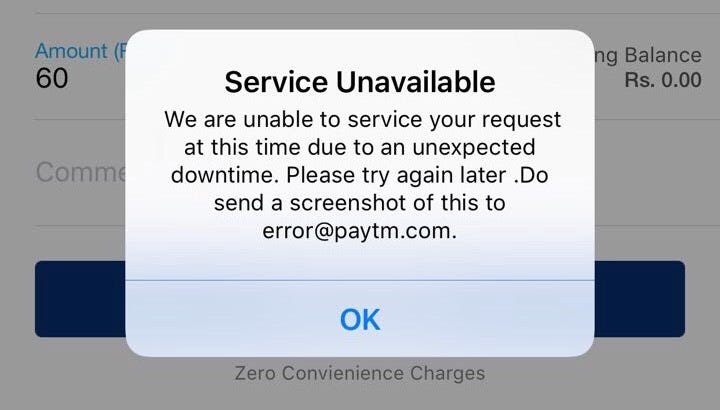
Doraemon is just awesome, right? Whenever Nobita uses Doraemon’s tools, there will never be an ordinary experience. A go-to-anywhere door, a flashlight that can minimize objects, a drink that makes you can’t lie (lol). There’s always a quite funny and delightful experience in using Doraemon’s tools, it’s always extraordinary.
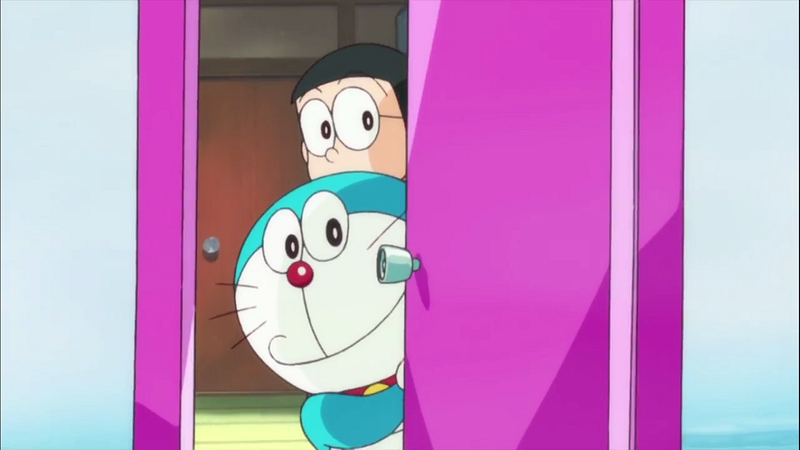
From that, I learned that being human and helpful only is not enough. We have to create that tiny delightful feeling that pokes people’s heart at the slightest moment when they’re using our app. The glimpse of excitement that tickles us just like when Nobita steps his foot to the other side of the go-to-anywhere door. The details that make the design, the details that can make the overall experience of our app delightful.

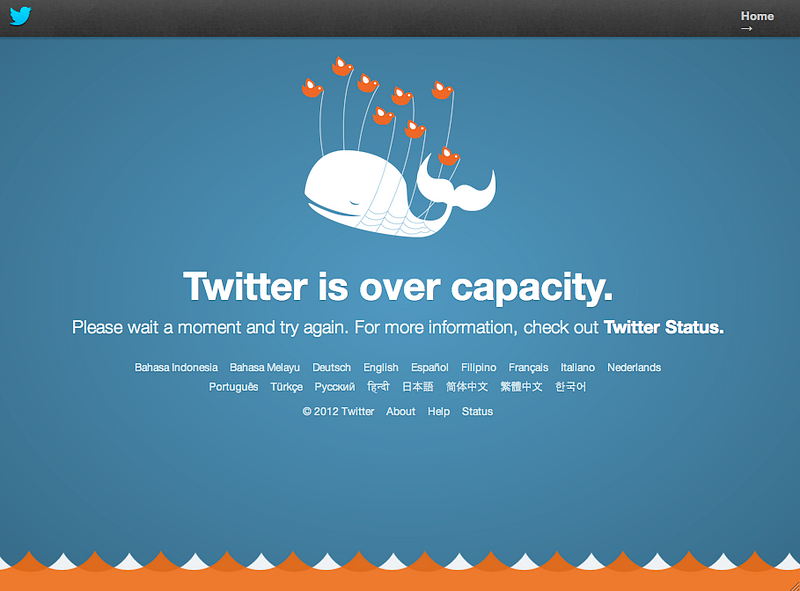
To achieve all of that, we as writers are forbidden to constraint ourselves to the copy only. We have to push our ideas beyond copy. We have to own our product. Get involve in every process, the research, the design, the development, the QA and everything. A UX writer has to find a way to make their app more human, helpful, and delightful not only in terms of the copy but also in the bigger scope outside of that.
“UX writing is not only about writing a copy, it’s about crafting experience in every step of the way.” — Monika Halim